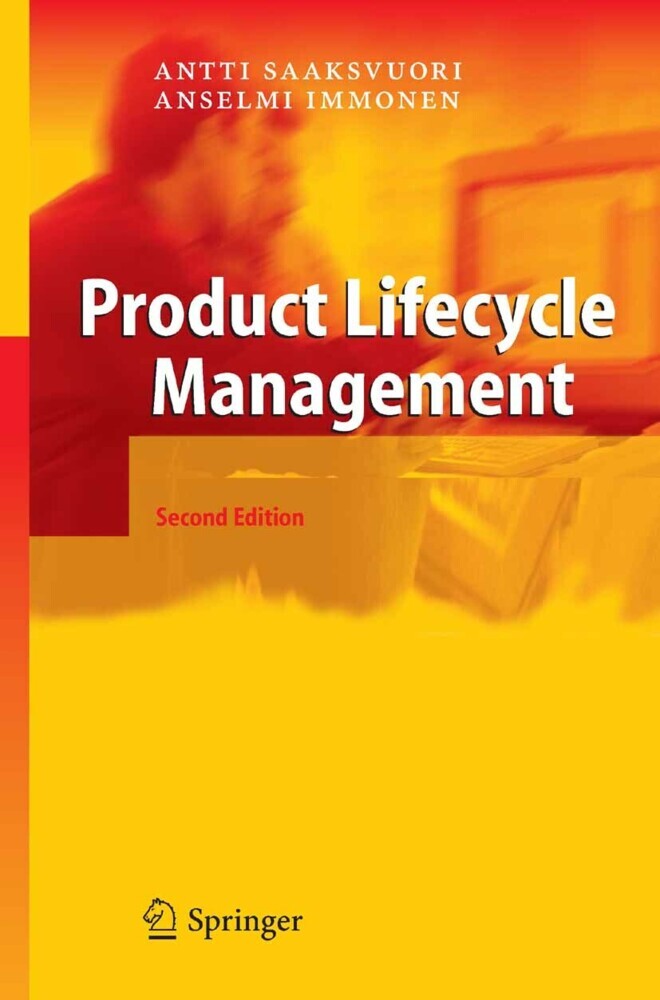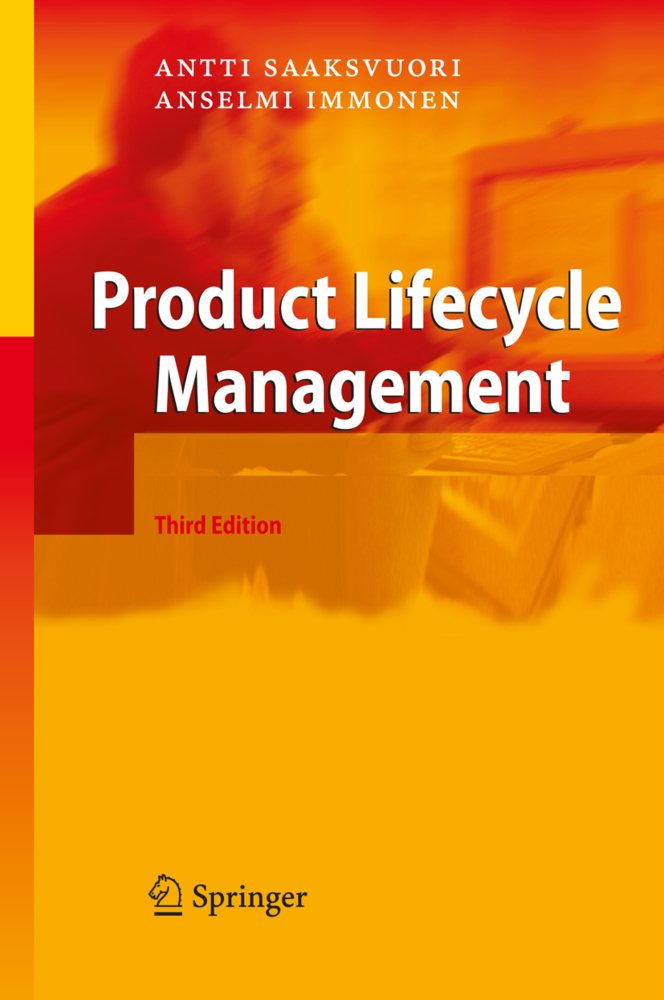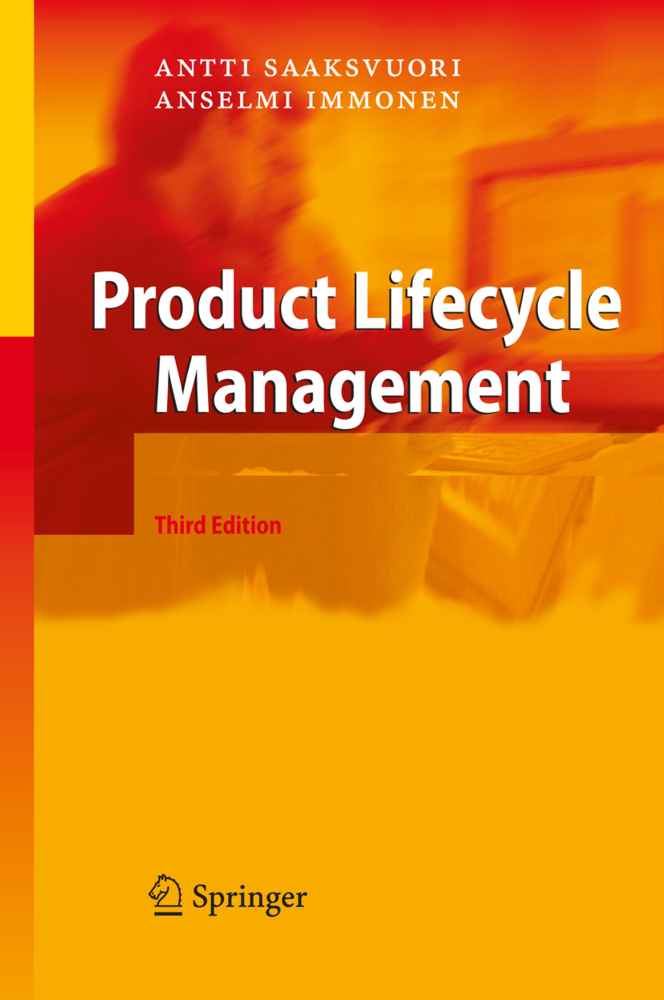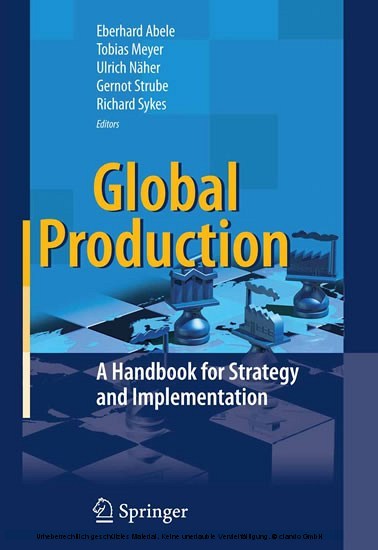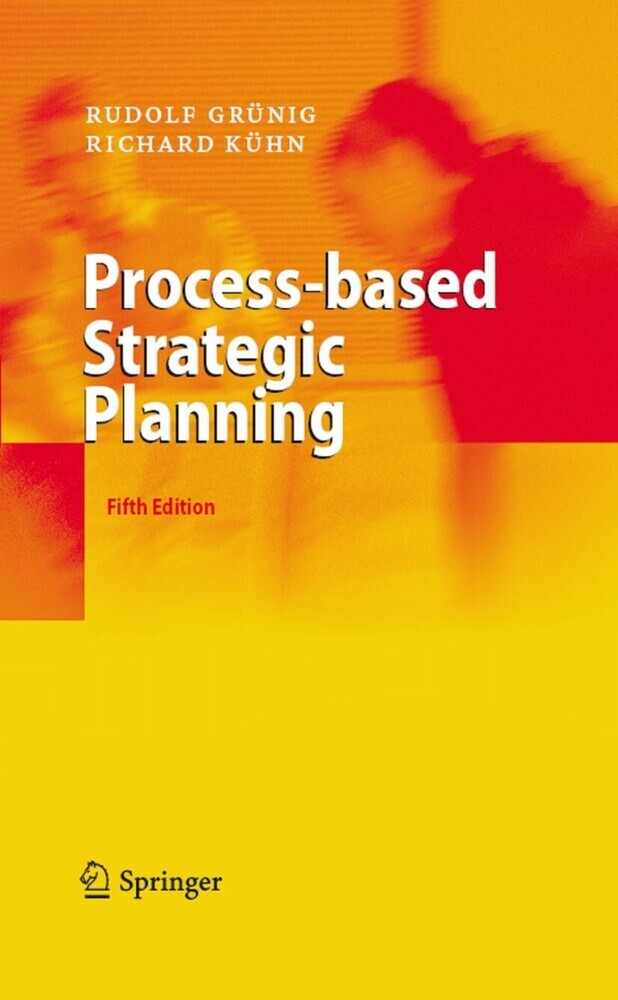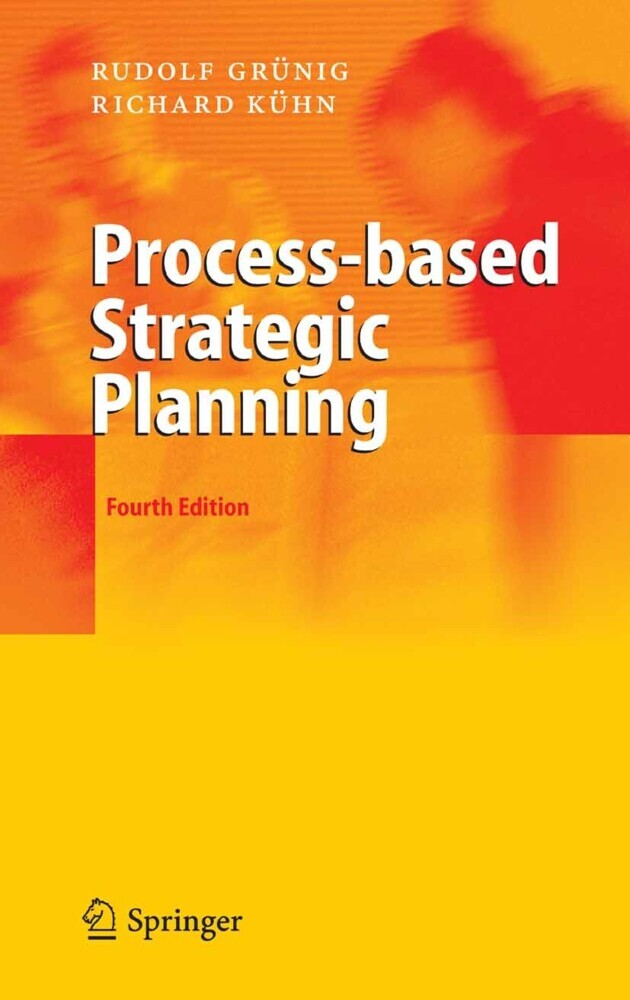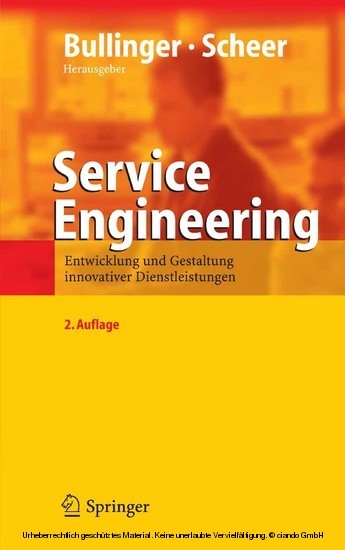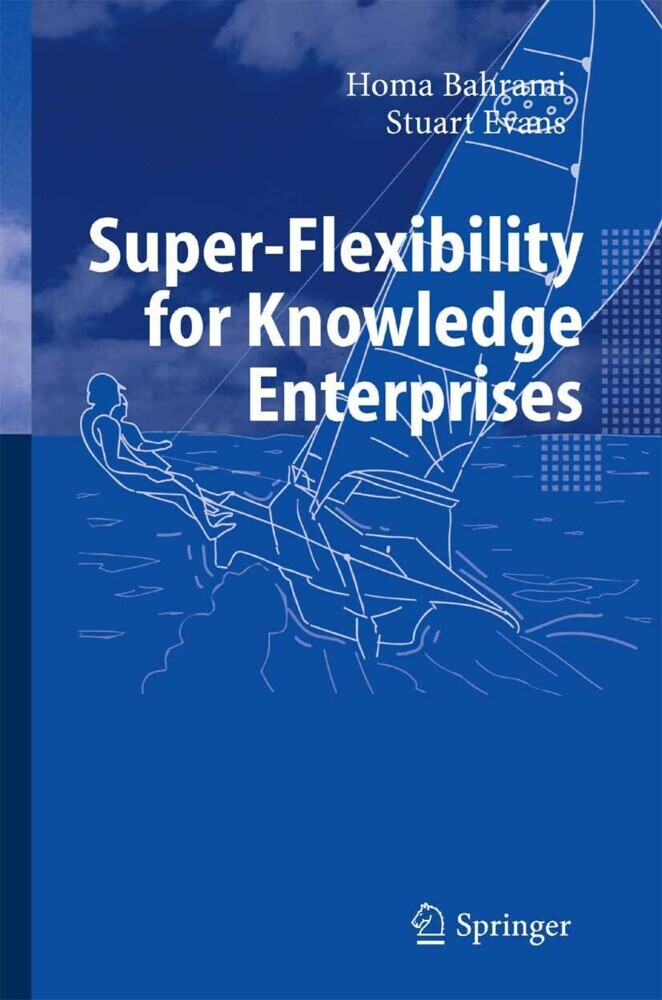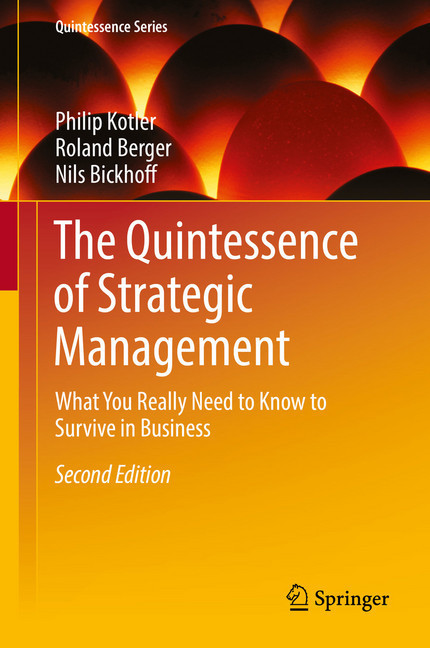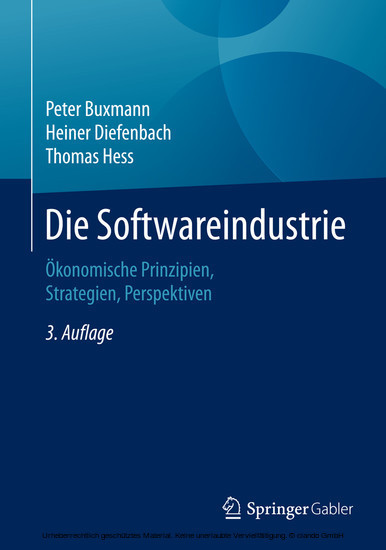Product Lifecycle Management
In today`s industrial manufacturing Product Lifecycle Management (PLM) is essential in order to cope with the challenges of more demanding global competition. New and more complex products must be introduced to markets faster than ever before. Companies form large collaborative networks, and the product process must flow flexibly across company borders.
This first book on Product Lifecycle Management in English language is designed to introduce the reader to the basic terms and fundamentals of PLM and to give a solid foundation for starting a PLM development project. It gives ideas and examples how PLM can be utilized in various industries. In addition, it also offers an insight into how PLM can assist in creating new business opportunities and in making real eBusiness possible.
1;Preface;5 2;Table of Contents;8 3;Chapter 1 - Introduction;13 3.1;PLM - What is it?;13 3.2;Product Lifecycle Management - background;14 3.3;Corporate challenges;17 4;Chapter 2 - Fundamentals;19 4.1;Product data or product information;19 4.2;Product Lifecycle Management - PLM;21 4.3;Product lifecycle management concept;23 4.4;Items;24 4.5;Product lifecycle management systems;25 4.6;System architecture;31 4.7;Information models and product structures;34 4.8;Reasons for the deployment of PLM systems;38 4.9;Summary;39 5;Chapter 3 - Product lifecycle management systems;41 5.1;Functionality of the systems;41 5.2;Use of product lifecycle management systems in different organization verticals;52 5.3;Product development and engineering;54 5.4;Production;55 5.5;After sales;55 5.6;Sales and marketing;56 5.7;Sub-contracting;57 5.8;Sourcing and procurement;59 5.9;Summary;60 6;Chapter 4 - Product structures;61 6.1;Example 1 - Product structure of a ship;63 6.2;Example 2: Product structure of a cellular telephone;65 6.3;Example 3: Product structure of a customizable product;66 6.4;Summary;68 7;Chapter 5 - Integration of the PLM system with other applications;69 7.1;Different ways to integrate PLM systems;69 7.2;Transfer file;71 8;Chapter 6 - Deployment of the PLM system;85 8.1;Different stages of deployment;85 8.2;Study of present and objective processes (AS IS and TO BE);87 8.3;Choosing a system;91 8.4;Realization stage of the project;94 8.5;Accomplishing change in the organization;105 9;Chapter 7 - Business benefits of a PLM system;111 9.1;Factors leading to product lifecycle management;111 9.2;Benefits of the PLM system in product lifecycle management;113 9.3;Measuring the business benefits in daily operations;118 9.4;Material costs - reducing inventory tied capital;118 9.5;Improving the productivity of labor;120 9.6;Costs of quality;122 9.7;PLM and data warehousing as a tool to support decision- making;124 9.8;Set indicators;125 9.9;Collect information Analyze and report Develop Apply to the system;125 9.10;Analyzing the cost of acquisition and the deployment of a PLM system;130 9.11;PLM software licenses;132 9.12;Database licenses;133 9.13;Hardware acquisitions;133 9.14;Maintenance of equipment, licenses and software;133 9.15;Summary;133 10;Chapter 8 - Challenges of product management in manufacturing industry;135 10.1;Challenges of product management in the engineering and manufacturing industry;136 10.2;Special challenges of product management in the high tech industry;146 10.3;Case 1: Electronics manufacturer;148 10.4;Case 2: An engineering product;155 10.5;Frame of reference for product management;160 10.6;Developing product lifecycle management in Project workshop Plc.;162 10.7;Case 3: Capital goods manufacturer and customer-specifically variable product;171 10.8;Breakthroughs on subprojects;173 10.9;Controlled entry of documentation into the system;173 10.10;The business processes determine;174 10.11;Rome was not built in a day either;175 10.12;Guidelines for the future;175 10.13;Summary;175 11;Chapter 9 - The role of product information management in collaborative business development;177 11.1;CIM - Computer Integrated Manufacturing;177 11.2;CE Concurrent Engineering;181 11.3;Product lifecycle management as an enabler of cooperation between companies;184 11.4;Contents of collaboration;187 11.5;Successful cooperation;188 11.6;Tools of collaboration;188 11.7;CPC;190 11.8;cPDm;191 11.9;Summary;191 12;Chapter 10 - Understanding the product lifecycle;193 12.1;The basic behavior of products and lifecycles;194 12.2;Building a product business case;201 12.3;Summary;209 13;Chapter 11 - Product and product management strategy as a part of business strategy;211 13.1;Product lifecycle management as a business strategy tool;211 13.2;From changes in the business environment to product strategy;212 13.3;Making a product strategy;214 13.4;Product management strategy;217 13.5;Summary;226 14;Chapter 12 - e-Business - electronic business and PLM;
Saaksvuori, Antti
| ISBN | 9783540269069 |
|---|---|
| Artikelnummer | 9783540269069 |
| Medientyp | E-Book - PDF |
| Auflage | 2. Aufl. |
| Copyrightjahr | 2005 |
| Verlag | Springer-Verlag |
| Umfang | 247 Seiten |
| Sprache | Englisch |
| Kopierschutz | Adobe DRM |

